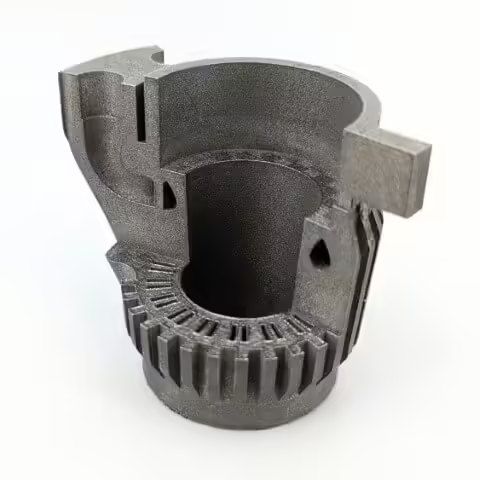On this page, you will find an overview of the materials we process. Additional details such as key figures, post-processing methods, and design guidelines can be found on the detailed pages of the individual materials.
Material, color, and surface samples can be found on our page: Material Samples.
Multi Jet Fusion
Multi Jet Fusion (MJF) is a powder-based 3D printing process, ideal for functional parts and (small) series components due to high part quality, high throughput, and low unit costs. It enables the rapid production of durable and resilient plastics such as Polyamide 12, Polyamide 12 W, TPU, and Polyamide 11, even in larger quantities.
More info about the process

Materials for Multi Jet Fusion
Polyamide 12 (gray or black)
Polyamide 12 (“PA 12”)
The thermoplastic Polyamide 12 (PA 12) is characterized by high strength, mechanical load capacity, and durability, making it ideal for demanding applications. It is available in gray or black and is typically used for housings, mechanical and structural components, gas and liquid-carrying parts, decorative elements, and fixtures.
Properties
- High strength and durability: Ideal for demanding industrial applications.
- Cost-effective: Optimal for small and medium series.
- Versatile: For housings, mechanical, and fluid-carrying components.
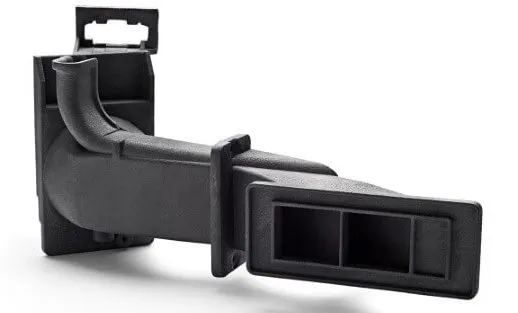
Polyamide 12 W (white or colored)
Polyamide 12 W (“PA 12 W”)
PA 12 W, processed in the Multi Jet Fusion process, offers similar material properties to PA 12, with high strength, durability, and UV stability. The main difference lies in the color variety: PA 12 W is available in white and 17 vibrant colors, including various shades of green, blue, red, orange, yellow, gray, and more. Typical applications include housings, decorative elements, and other functional visible parts.
Properties
- Versatile color options: Available in white and 17 different colors, ideal for colored visible parts.
- High strength: Offers similar mechanical properties to PA 12, robust and durable.
- UV stable: High UV stability prevents yellowing and maintains material properties.
- Precise details: Enables the production of detailed and complex geometries.
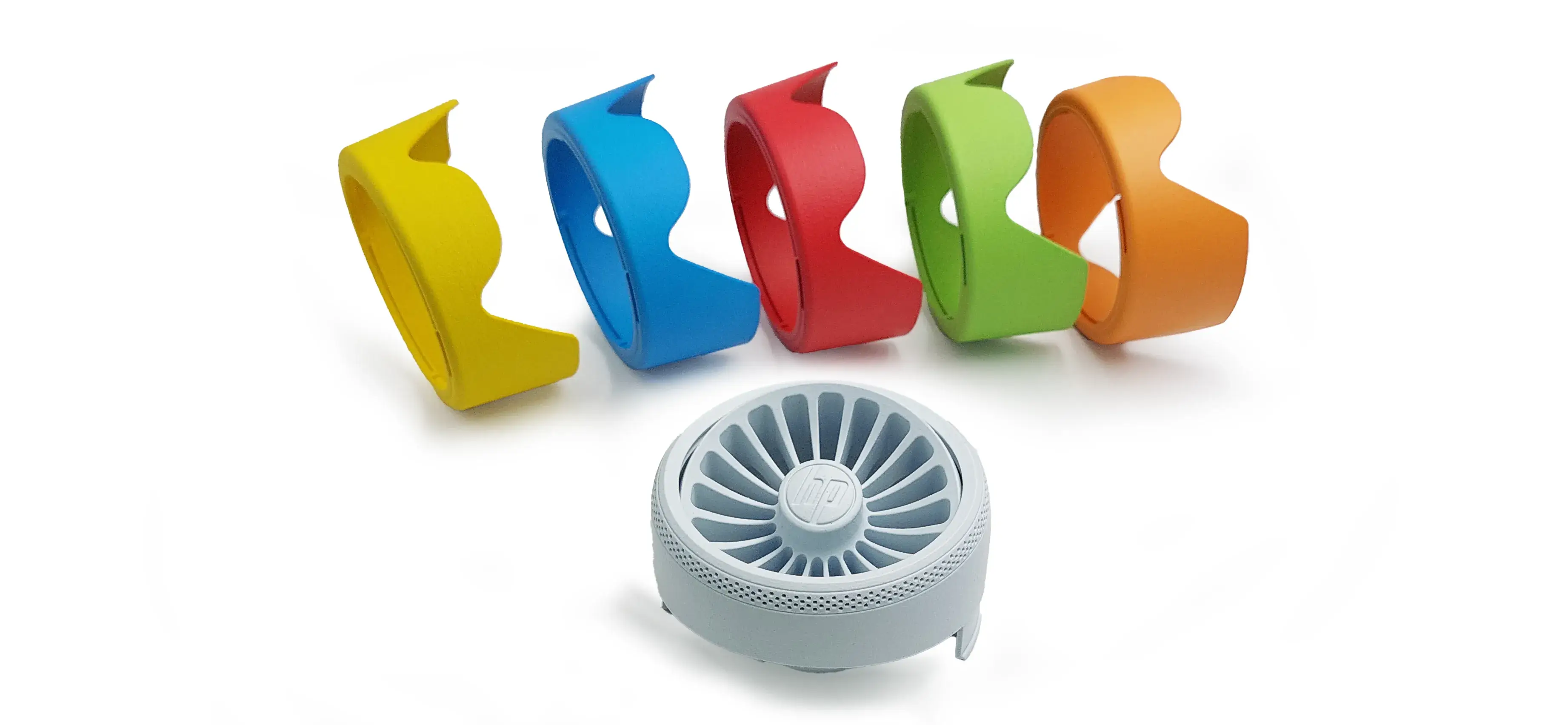
Polyamide 11
Polyamide 11 (“PA 11”)
PA 11 is a flexible material with high elongation and toughness, ideal for applications requiring flexibility and durability. It is available in gray or black and is typically used for parts with flexible elements such as living hinges, snap-fit connections, and orthotics.
Properties
- High flexibility: Ideal for movable and durable parts.
- Toughness: Resistant to breakage and wear.
- Versatile applications: Perfect for living hinges, snap-fit connections, and orthotics.
- Sustainable: Made from renewable resources.

TPU (elastic)
TPU (BASF Ultrasint TPU01)
TPU, processed in the Multi Jet Fusion process, is an elastic material characterized by high flexibility, shock absorption, and abrasion resistance. It is ideal for applications requiring durable and stretchable parts, such as protective covers, seals, flexible connectors, and orthopedic aids. TPU is offered in black and allows for the production of functional prototypes and end products with excellent mechanical properties.
Properties
- High flexibility: Ideal for stretchable and elastic parts.
- Shock absorbing: Provides excellent damping properties.
- Abrasion resistant: Resistant to wear and abrasion.
- Durable: Suitable for demanding, long-lasting applications.
- Versatile applications: Perfect for protective covers, seals, and orthopedic aids.
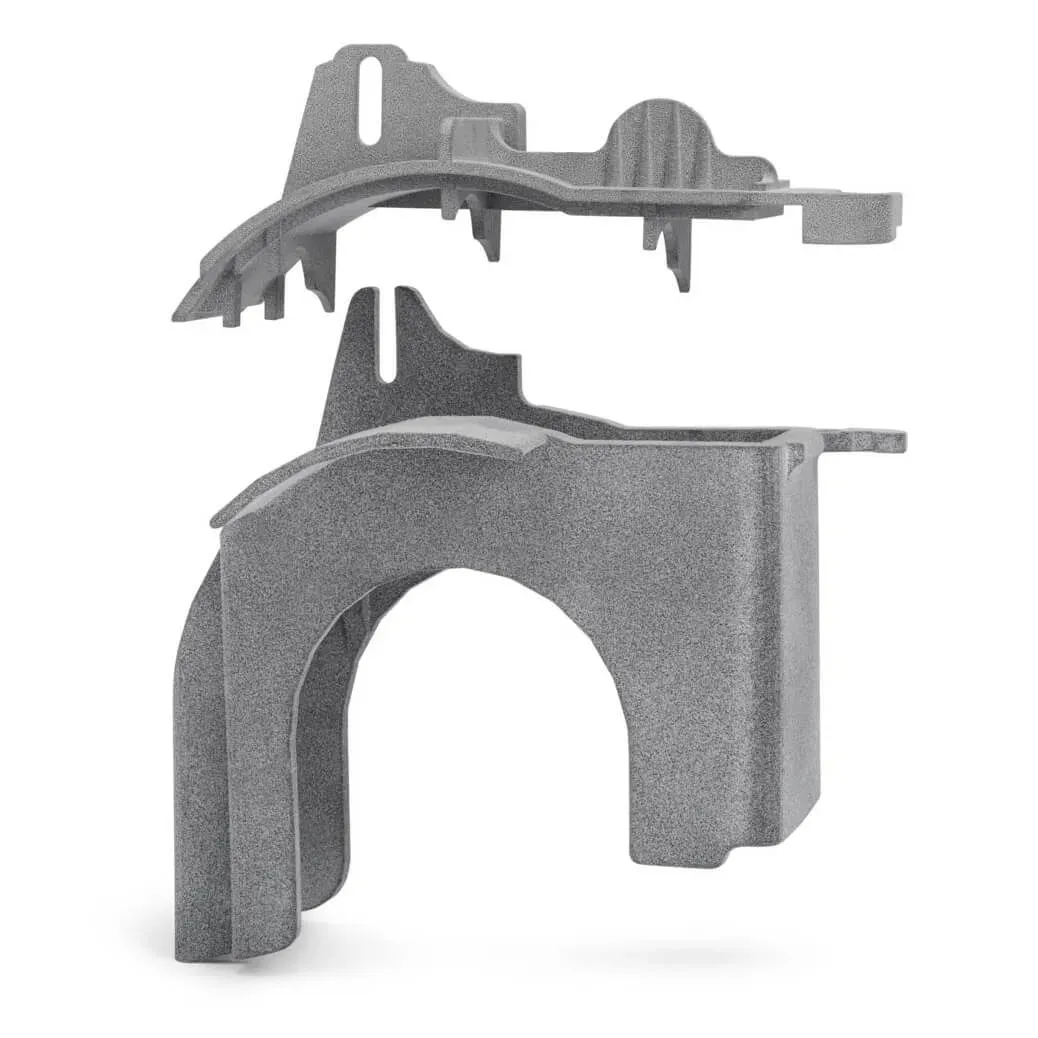
Precision Micro 3D Printing
Precision Micro 3D Printing, technically known as Precision Micro Stereolithography (PµSL), by Boston Micro Fabrication (BMF), is a process for producing high-precision, miniaturized components. It is used in microfluidics, electronic components, and the production of precision parts.
More info about the process
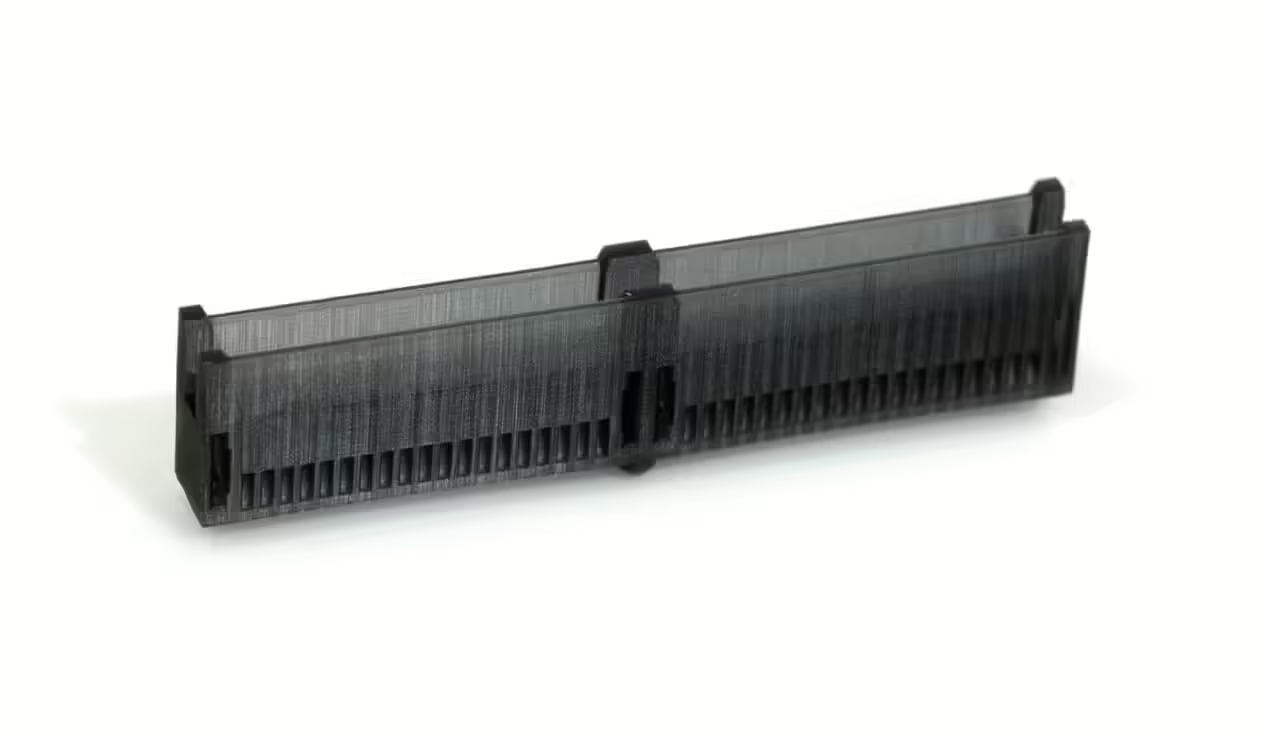
Materials for Micro 3D Printing
HTL (High-Temperature Liquid)
HTL – High Temperature Liquid
HTL (High-Temperature Liquid) from Boston Micro Fabrication is an advanced material for micro 3D printing that stands out for its exceptional temperature resistance and excellent mechanical properties. Ideal for applications in electronics, the automotive industry, and other fields, HTL enables the production of highly precise and durable microcomponents.
Properties
- High resolution: up to 50 µm detail resolution.
- Temperature resistant: withstands up to approx. 110 °C.
- Complexity: Internal channels with 100 µm or less.
- Accurate: Tolerances up to +/- 25µm
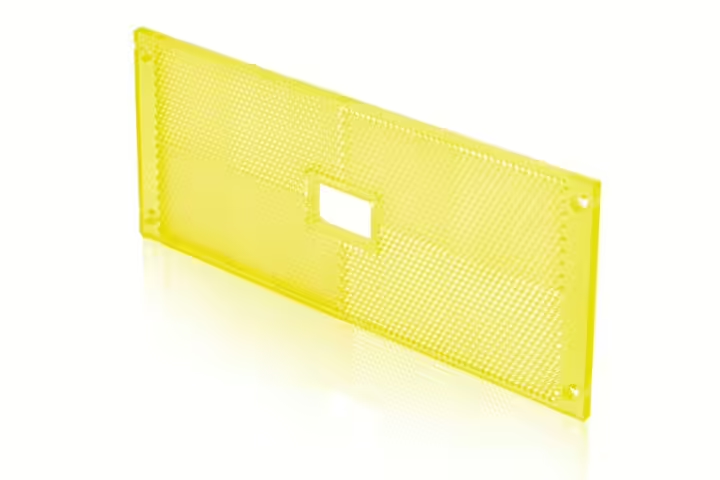
Metal 3D Printing (Laser Melting)
Metal laser melting (also known as Selective Laser Melting, SLM) is an additive manufacturing process for producing complex, high-strength metal components. By layer-wise melting of metal powder using a laser, precise and durable components for various industrial applications can be manufactured.
More info about the process
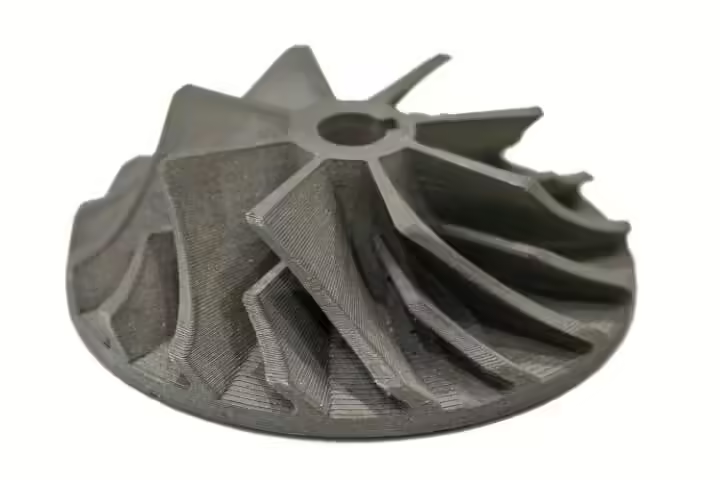
Materials for Metal 3D Printing
Aluminum – AlSi10Mg
Aluminum alloy AlSi10Mg
AlSi10Mg is an aluminum alloy with high strength, low weight, and good corrosion resistance. Ideal for aerospace, automotive, medical technology, and tool manufacturing, it enables complex geometries and efficient material usage in additive manufacturing.
Properties
- Corrosion-resistant: Durable and resilient.
- Lightweight: Excellent strength-to-weight ratio.
- Complexity: Enables complex, organic structures.
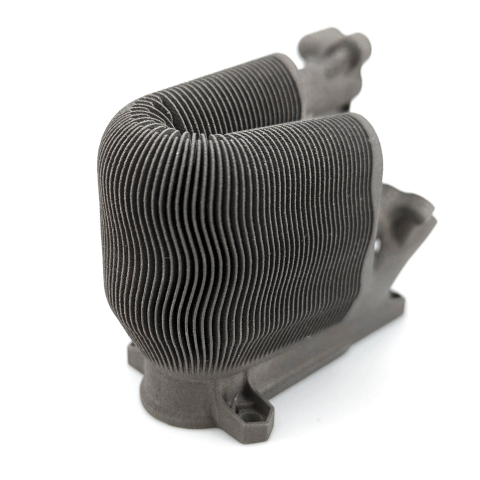
Stainless Steel – 316L (1.4404)
Stainless Steel 316L
1.4404, also known as stainless steel 316L (correctly: CrNi steel), is a corrosion-resistant and high-strength alloy made of iron, chromium, nickel, and molybdenum. It is ideal for applications in medical technology, the chemical industry, food processing, and the maritime sector. With its high strength, ductility, and weldability, 316L is a preferred choice in additive manufacturing, as it enables the production of complex geometries and durable components.
Properties
- Corrosion-resistant: Ideal for aggressive environments.
- Strength: High mechanical stability for durable components.
- Complexity: Enables precise, complex geometries.
- Biocompatible: Suitable for medical applications.
